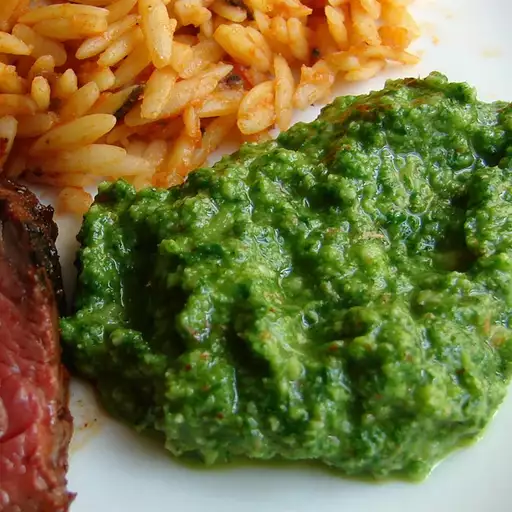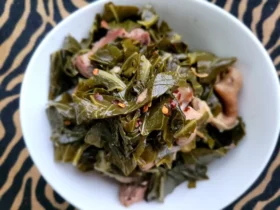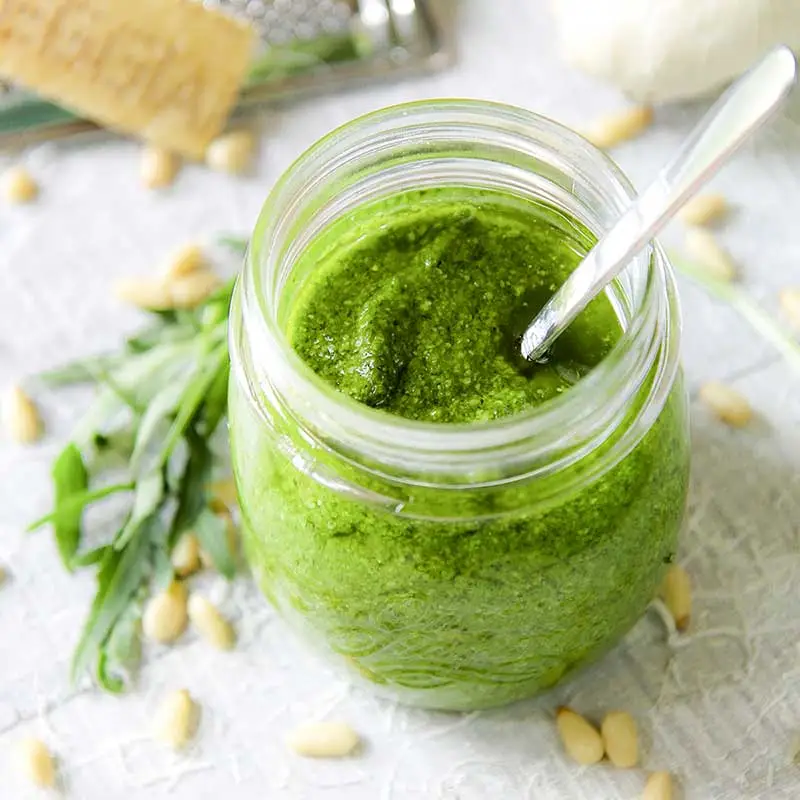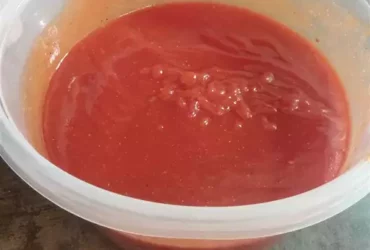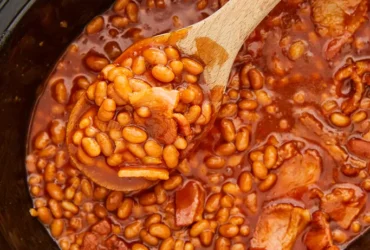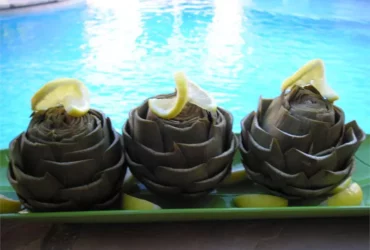Ingredients
Pantry Staples
The foundation of any great recipe lies in the quality and variety of ingredients used, particularly when it comes to a dish like Arugula Pesto that showcases the unique flavor profile of arugula. When stockpiling pantry staples for this recipe, it’s essential to have the right combination of ingredients on hand.
First and foremost, you’ll need an assortment of nuts or seeds to serve as the base for your pesto. Pine nuts are a traditional choice for pesto recipes due to their rich, buttery flavor and fine texture. However, other options like walnuts or pistachios can also add a delightful twist to the dish.
A high-quality extra virgin olive oil is another must-have for any pesto recipe. Not only does it provide the necessary moisture and creaminess, but its distinct flavor also enhances the overall character of the arugula. When selecting an olive oil, look for one that has a mild, fruity taste without being too overpowering.
Garlic is another pantry staple that plays a crucial role in this recipe. Fresh cloves are best, as they add a depth and complexity to the pesto without becoming too dominant. Be sure to mince them finely to avoid any textural issues or overwhelming flavors.
Next up are the herbs. Arugula is the star of the show, but other greens like basil or parsley can be added in moderation to create a unique flavor profile. Freshness is key here, so aim for crisp, fragrant leaves that will hold their texture throughout the cooking process.
Aromatics like lemon zest and juice are essential in bringing out the bright, citrusy notes of the arugula. Freshly squeezed lemon juice adds a tangy, refreshing quality to the pesto, while lemon zest contributes an inviting aroma. Be sure to grate the zest finely and mix it in well for optimal flavor.
Lastly, when stockpiling pantry staples for this recipe, don’t forget about salt and pepper. These seasonings add a necessary depth and balance to the dish, drawing out the flavors of the arugula while preventing any bitterness from emerging.
A balanced combination of these ingredients will yield an exquisite Arugula Pesto that showcases the best qualities of fresh greens, rich nuts, and bright citrus flavors.
1 cup pine nuts
Pine nuts are a crucial ingredient in this Arugula Pesto Recipe, and selecting the right type is essential to achieving the desired flavor and texture.
For this recipe, you will need one cup of pine nuts, also known as pignoli or piñón. Pine nuts come from various species of pine trees, but the most commonly used for pesto are those from the Stone Pine tree (Pinus pinea). They have a delicate flavor and soft texture that complements the peppery taste of arugula perfectly.
The ideal time to harvest pine nuts is when they fall naturally from the trees, usually between July and September. However, in many countries, they are collected by hand or machine-picked at a later stage, which affects their quality and flavor.
When shopping for pine nuts, look for those that are fresh and not rancid. Old or spoiled pine nuts can impart a bitter taste to your pesto and affect its nutritional value. Choose pine nuts with a mild aroma and a soft, creamy texture. Avoid pine nuts that have visible signs of mold or oxidation.
Some popular brands and sources for high-quality pine nuts include Italian markets, specialty stores, and online retailers. You can also find fresh pine nuts at farmers’ markets during the summer months.
If you cannot find fresh pine nuts or prefer to use them in their roasted form, you can also purchase toasted or roasted pine nuts. Roasted pine nuts have a richer flavor and are often less expensive than raw ones. However, be aware that roasting can bring out a nutty flavor that may alter the taste of your pesto.
Remember to always check the packaging or labeling for any signs of contamination or spoilage before purchasing pine nuts, whether they are raw or roasted.
1/2 cup grated Parmesan cheese (preferably ParmigianoReggiano)
The ingredient we are focusing on is 1/2 cup grated Parmesan cheese, specifically referring to Parmigiano-Reggiano. This Italian classic is a fundamental component in many recipes, including our Arugula Pesto Recipe.
Here’s why Parmigiano-Reggiano stands out:
- Aged to perfection: Parmigiano-Reggiano cheese undergoes a minimum of 12 months aging process. This maturation time allows the flavors to develop and intensify, giving it that characteristic sharpness and nuttiness.
- Rich in umami flavor: The natural enzymes during the aging process break down the proteins, resulting in a robust, savory flavor that enhances dishes without overpowering them.
- Texture perfection: When grated, Parmigiano-Reggiano releases its ideal texture. Its crystalline structure adds a delightful contrast to pesto, providing an elegant mouthfeel.
The combination of these qualities makes Parmigiano-Reggiano the preferred choice for adding depth and complexity to our Arugula Pesto Recipe. When paired with fresh arugula, garlic, lemon zest, olive oil, and salt, the resulting pesto boasts an unparalleled taste experience.
1/4 cup chopped fresh parsley
The key to making a great Arugula Pesto Recipe lies in selecting the freshest and highest quality ingredients, which include not only arugula but also other essential components like olive oil, garlic, lemon juice, parmesan cheese, pine nuts, salt, and of course, 1/4 cup chopped fresh parsley.
In terms of the parsley specifically, it’s worth noting that this herb is a crucial component in many pesto recipes due to its unique flavor profile and aroma. The fresh flavor of parsley adds depth and complexity to the dish without overpowering the other ingredients, while its aroma enhances the overall sensory experience of eating the pesto.
To get the most out of your parsley, be sure to use it as soon as possible after chopping it, ideally within a few hours. You can also store any leftover parsley in an airtight container in the refrigerator for up to 24 hours before using it. However, keep in mind that the longer you store it, the less flavorful and aromatic it will become.
When choosing your parsley, look for leaves that are vibrant green and have no signs of wilting or discoloration. Avoid using parsley that has gone to seed, as its flavor and aroma can be quite bitter and unpleasant in large quantities.
In terms of the quantity of parsley needed for this recipe, 1/4 cup is a good starting point. You may adjust the amount based on your personal taste preferences, but keep in mind that too much parsley can overpower the other ingredients. A balanced ratio between arugula and parsley will yield the best results.
When combining the chopped parsley with the other ingredients, be sure to mix them thoroughly so that each spoonful of pesto contains an even balance of flavors and textures. This attention to detail is essential in creating a truly exceptional Arugula Pesto Recipe.
2 cloves garlic, peeled and minced
The arugula pesto recipe calls for a variety of ingredients, with garlic being one of the fundamental components.
When it comes to working with garlic, it’s essential to choose high-quality cloves that are fresh and firm to the touch.
The amount of garlic required is relatively small – just 2 cloves will do – which makes them easy to work with and manipulate in the recipe.
To prepare the garlic for use in the pesto, it needs to be peeled and minced. Peeling the garlic involves removing its outer skin, while mincing requires chopping it into tiny pieces that can be easily mixed into the other ingredients.
Here are some steps to follow when peeling and mincing garlic:
- Pull off one of the papery skins, leaving the cloves underneath intact.
- Place the clove on a cutting board and chop it into small pieces, holding the knife at an angle to ensure even cuts.
- Continue chopping until you reach your desired level of minuteness. For this recipe, aim for very fine, almost powdery pieces.
The process of peeling and mincing garlic can be a bit tedious, but it’s worth the extra effort to ensure that your arugula pesto has the right balance of flavors.
Preparing the Arugula
Chopping and Washing
- To prepare the arugula for use in the Arugula Pesto Recipe, it’s essential to handle it with care and attention to detail.
- First, rinse the arugula leaves under cold running water to remove any dirt or debris that may be present.
- Next, gently shake off any excess water from the leaves without bruising them.
- Now, chop the arugula leaves into smaller pieces using a sharp knife. You can either use a chopping board and cut the leaves into thin strips or simply tear them apart with your hands.
- To make it easier to handle, you can also separate the arugula leaves from their stems by cutting off the stem end of each leaf.
Here’s a step-by-step guide on how to chop the arugula:
- Hold the arugula leaf firmly with one hand and place it on the chopping board.
- Using your other hand, position the knife at a 45-degree angle to the leaf and carefully start chopping from the top of the leaf downwards.
- Continue chopping until you reach the bottom of the leaf. Repeat this process for each arugula leaf.
Once all the leaves are chopped, it’s time to wash them again to remove any remaining dirt or debris that may have been dislodged during the chopping process.
Place the chopped arugula in a colander under cold running water and gently agitate the leaves with your hands to ensure they’re thoroughly rinsed.
Allow the arugula to drain completely, either by letting it sit for a few minutes or by gently pressing on the leaves with your fingers to remove excess water.
The chopped arugula is now ready to use in the Arugula Pesto Recipe.
2 cups fresh arugula leaves, washed and thoroughly drained
To prepare the arugula for the pesto recipe, start by selecting 2 cups of fresh arugula leaves. These leaves should be crisp and have a vibrant green color.
Rinse the arugula leaves under cold running water to remove any dirt or debris that may be present on their surface. This step is crucial in ensuring that the arugula is clean and free from any contaminants that could affect its flavor or texture.
Next, gently shake off any excess water from the arugula leaves using a salad spinner or by wrapping them in a clean kitchen towel. This will help remove as much moisture as possible without bruising the delicate leaves.
After shaking off the excess water, carefully inspect each leaf of arugula to ensure that it is dry and free from any visible signs of moisture. If some leaves still appear damp, use a clean salad spinner or towel to gently blot them dry.
Once you have washed and thoroughly drained 2 cups of fresh arugula leaves, they are ready to be used in the pesto recipe. The leaves should now be crisp, dry, and free from any contaminants, ensuring that your pesto will have a vibrant green color and a delicious, peppery flavor.
Salt, to taste
- To prepare the arugula for the pesto recipe, start by rinsing it thoroughly with cold water to remove any dirt or debris.
- Gently shake off excess water from the leaves to prevent any excess moisture from affecting the flavor and texture of the final product.
- Next, place the arugula in a salad spinner or dry with a clean kitchen towel to remove as much moisture as possible. This step is crucial to achieving the right consistency for the pesto.
- Once the arugula is dry, tear it into smaller pieces and set them aside until ready to use. You can also store any leftover arugula in an airtight container in the refrigerator for up to 24 hours before using it.
- When it comes time to add the salt to taste, be sure to sprinkle it evenly over the arugula so that each leaf is coated with a light dusting. This will help bring out the natural flavor of the arugula and balance the flavors in the pesto.
- Remember that arugula can be quite bitter, so don’t be afraid to add a bit more salt than you think necessary to taste. You can always adjust to your liking, but it’s easier to add more salt than it is to take it away once it’s been added.
Blending the Pesto
Pulsing and Adjusting
To achieve a smooth and flavorful Arugula Pesto, it’s essential to blend, pulse, and adjust the ingredients correctly.
Start by adding the pine nuts, garlic, and a pinch of salt to a food processor or blender. Pulse these ingredients until they’re well combined and the mixture resembles coarse crumbs.
Next, add the arugula leaves, parmesan cheese, and a squeeze of lemon juice to the processor. Blend these ingredients on high speed until they’re well mixed and the arugula has broken down.
Now, slowly drizzle in the olive oil while continuously blending the mixture. This will help emulsify the pesto and give it a smooth consistency. Be careful not to add too much oil at once, as this can cause the pesto to become too thin.
Once you’ve added most of the olive oil, stop the processor and scrape down the sides with a spatula. This will ensure that all the ingredients are well combined and there are no bits stuck to the sides.
Continue blending until the pesto has reached your desired consistency. If it’s too thick, add a little more olive oil or lemon juice. If it’s too thin, add a bit more arugula or parmesan cheese.
Taste and adjust the seasoning as needed. You can also add a pinch of red pepper flakes for some heat or a squeeze of fresh narrows leaf parsley for added freshness.
Transfer the Arugula Pesto to an airtight container and store it in the refrigerator for up to one week. Give it a good stir before serving, as it may separate during storage.
Enjoy your delicious homemade Arugula Pesto on pasta, pizza, or as a dip!
1/4 cup extra virgin olive oil (recommended by the University of California, Davis)
To blend the pesto, start by ensuring that all the ingredients are at room temperature. This will help in achieving a smooth consistency for your pesto.
Begin by adding 2 cloves of garlic to the blender or food processor. If you’re using a powerful blender, you can add it whole and blend until it’s finely minced.
Add 1 cup of fresh arugula leaves to the blender. You can use either curly or flat-leaf arugula, but make sure they are fresh and not wilted.
Next, add 1/2 cup of pine nuts (also known as pignoli) to the blender. If you prefer a lighter nut flavor, you can reduce the quantity to 1/4 cup or even use walnuts or almonds instead.
Add 1/2 cup of grated Parmesan cheese to the blender. You can use either freshly grated Parmesan or store-bought grated cheese, but try to avoid pre-shredded cheese for a better flavor.
Lastly, add the extra virgin olive oil (EVOO) slowly while blending. Here are some steps to follow:
- Add 1-2 tablespoons of EVOO and blend until the pesto starts to emulsify.
- Continue adding the remaining 3-4 tablespoons of EVOO in small increments while blending, stopping occasionally to scrape down the sides of the blender.
This gradual addition of EVOO helps prevent the pesto from becoming too thick and ensures a smooth consistency. You can use more or less EVOO depending on your preference for thickness and flavor.
Once you’ve added all the ingredients, blend the mixture until it reaches your desired consistency. Some people like their pesto quite smooth, while others prefer a slightly chunky texture. Taste and adjust the seasoning as needed, adding salt, pepper, or lemon juice to balance out the flavors.
A pinch of salt (use a highquality sea salt, as suggested by the USDA)
- To blend the pesto effectively, start by adding the arugula leaves to a food processor or blender, along with the other ingredients such as garlic, lemon zest, and parmesan cheese.
- Add a small amount of olive oil, just enough to facilitate the blending process. You don’t want too much oil at this stage, as it will make it difficult to get the desired consistency.
- Next, add a pinch of high-quality sea salt as suggested by the USDA. This will not only enhance the flavor but also bring out the natural sweetness in the arugula.
- Pulse the processor or blender until the ingredients are well combined and the pesto starts to take shape. You may need to stop and scrape down the sides a few times to ensure everything is incorporated evenly.
- Once the pesto has come together, slowly pour in more olive oil, blending continuously until you reach your desired consistency. Keep in mind that you can always add more oil, but it’s harder to remove excess oil from the pesto.
- Taste and adjust the seasoning as needed. If the pesto needs a bit more sea salt, now is the time to add it. You can also add more lemon juice or parmesan cheese to taste.
- Finally, transfer the blended pesto to an airtight container and refrigerate for at least 30 minutes before serving. This will allow the flavors to meld together and the pesto to thicken slightly.
- Best Datanyze Alternatives for 2025 - April 24, 2025
- Best Hunter.io Alternatives for 2025 - April 22, 2025
- Best Lead411 Alternatives for 2025 - April 22, 2025

